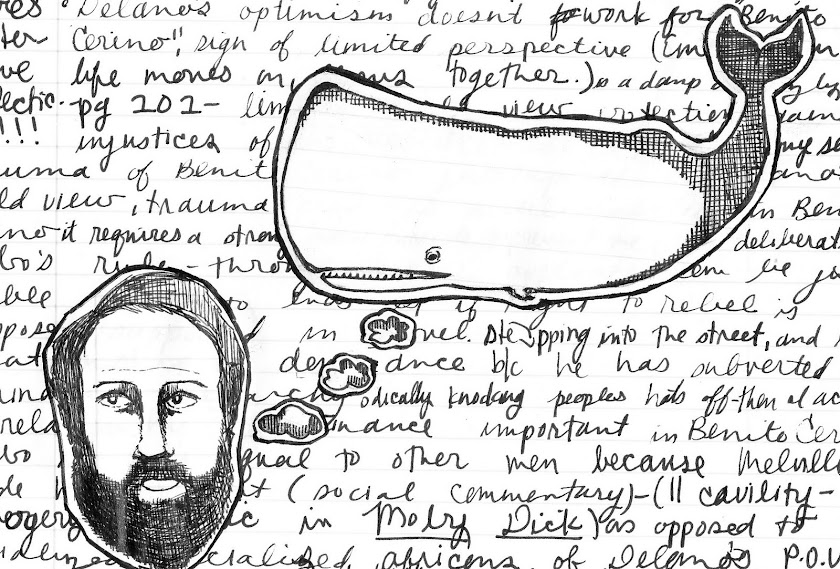Hi there, chums!
This is a creative non-fiction piece I wrote about seeing my friends' band, Lazy Mary, play at a biker bar. I'm putting it up for publication this week. If any of you readers know of publications that might be interested in this, inform me, please. Also, If you're interested in checking out Lazy Mary and discovering many new indy sound-goodies find Long Beach's own, Mountain Man Records.
Alright here we go, and-a-one, and-a-two:
Arrive Alone, Leave with Three: Lazy Mary at the Max Steiner’s Bar, Long Beach.
There’s feeling alone and then there’s walking in a unsafe part of town at night and approaching Max Steiner’s bar. Which was painted black, and had what appeared to be a bear out front, looking grizzly. I didn’t know if I’ll feel more comfortable inside or outside. At the door, the bear turns out to be a biker doubling as the doorman who checks my ID. He said there’d be a hundred dollar entrance fee, little lady. “I’ll spend it at the bar,” I said, walking in. He said I could “spend it right here”. I’m not really sure what that meant.
Inside, there weren’t small clusters of twenty-somethings like I had expected a at “Noise Rock” show. Instead, there were rows of pool tables like grass covered burial mounds and lots of middle-aged bikers that looked like they’d like to put me under one of the real thing. I kind of squirmed inside but walked tall.
I spotted Kendall, half of Lazy Mary’s line up and rough-tumble drummer, in the throws of the endless adjustments that happen before all concerts. She looks exactly how she looked in high school, true to form. I greeted her and she handed me her drink tickets. One of the things I find really endearing about Lazy Mary is that not only do they manage be the only band with a female in it on the very worthy independent label, Mountain Man Records, but they’re an all-female band. And, more importantly, seem to be an integral part of Long Beach’s pretty lively Indy Music scene - and they can’t even buy drinks yet.
I went up and ordered myself a margarita (I can never resist), plopped my self down on one of the torn bar stools, swiveled around, and surveyed. So they serve Bud here, was my first thought, looking at the museum’s worth of neon advertising on the wall adjacent to the one-step stage. A little gallery. On closer inspection, the bar’s patrons probably use to populate metal shows, long grey hair and leather abounded. The guy helping set-up, whom I assumed was the owner, seemed distinctly Long Beach-ian. An encouraging sort with a constant smile buoyed up by the wrinkles on his face. This, paired with the endless affirmative nod he had, combined to form a demeanor I haven’t really seen outside of California. Staunchly good-natured, aggressively laid back. The other patrons were a variety of bros, bikers, and tanned folk. There was Bud on tap, wood paneling, trucker hats, MMA fighting on TV, BMX/extreme sports gear and fishing regalia tacked to the walls. Almost zero lighting. A sign stapled to the wall next to me said, “If assholes could fly, this place would be an airport.” I sipped my margarita. Sweet and sour mix.
The singer-guitarist, Melody, walks into view from out of the dimness and I chat with the two band members. Standing together we’re a female pile of hand-knitted, thrift-stored, funny hair growin’, make-up-less, boot-wearin’, cat-eye glasses-havin’ goodness.
When they walked up on stage, it didn’t take long for the cat-callers to start a-hollerin’. Lazy Mary drowned them out with tunes, unconcerned. Melody and Kendall are not softies: Melody’s voice waivers from a epherial ghost-warble to wailing grunts and high pitches, piston bass drum rolls and guitar riffs like the energetic rumbling of a combustion engine. Sometimes set off by counter melodies, distorted and soft like the release of steam from a pressure valve. The old metal heads pay closer attention. Melody isn’t wearing a skirt anymore but a battle kilt. Drum clashes, string explosions. Sound shrapnel. Pride bleeds out of me, heads bob.
When they start packing up, there was a smattering of applause. I whooped and stomped. One man drunkenly repeats how good they were. As we start walking the drum barrels, symbol stands, cases, and wires to the car, people silently watch us pass. Their faces cued up like they were looking into microscopes, trying to decipher a tiny unknown. Maybe they didn’t understand Lazy Mary. But if they didn’t get some synapse stimulation from, at least, the honesty of a performance like this, and, at most, respect for the fearlessness creativity of these two, then yes, there’s definitely something missing. A soul.
Leaning against the black-painted brick in the crisp California darkness, I Melody sell a 7” to someone that doesn’t own a record player, “that’ll be three dollars”. We cram into Kendall’s sedan with all the equipment. Bent knees, drum-kit joints. She crank up the stereo as if the car runs on it and we drive off into the night, spoils in hand. Music-powered. Empowered.






